Birds of the Indonesian ArchipelagoGreater Sundas and Wallacea
Price range: $44.67 through $49.79
“If you are visiting Borneo alone, you may choose from Birds of the Indonesian Archipelago or two other field guides devoted specifically to this mecca of Asian birding. But for the rest of the Indonesian Archipelago region, this isn’t just an excellent bird guide, it is also the only 21st century field guide in existence.”
Dragan Simic, 10000birds.com, 22 April 2021
Weight
1.2 kg
Size
16 × 23 cm
Format
Flexi-cover, Hardback
Pages
536
Publishing date
February 2021
Published by
Lynx Edicions
Description
The first ornithological field guide covering the vast chain of the Indonesian archipelago has been completely revised following years of meticulous research. This second edition now encompasses over 2,800 illustrations, including 325 entirely new figures and nearly 500 alterations to the original artwork, supplemented by 1,350 maps of all regularly occurring species.
The guide fully covers the biogeographic regions of the Greater Sundas (Sumatra, Borneo, Java and Bali) and Wallacea (Sulawesi, the Moluccas and the Lesser Sundas), plus all satellite islands. This region spans an arc of over 4,000 km along the Equator, including East Timor, Brunei Darussalam, the East Malaysian states of Sabah and Sarawak and most of the territory of the Republic of Indonesia.
The species are mapped with improved accuracy by including three magnified geographical regions, or by a larger archipelago-wide map frame. The book describes all 1,456 bird species known to occur in the region, including 628 endemics, 106 vagrants, 4 introduced species and 10 species yet to be formally described. Together these represent over 13% of global bird diversity. Importantly, all subspecies are described in detail.
The authors’ combined vast, unparalleled experience and knowledge of the region’s birds brings together the latest taxonomic insights, knowledge of distribution, field identification features, vocalisations and more to create an indispensable reference for anyone with an interest in the avifauna of this fabulously diverse region. The additional attention to detail allows the guide to be used elsewhere in Asia as particular attention is paid to help the reader identify even the trickiest of species.
- Taxonomy follows an integrative approach based on bioacoustics, genomics and morphology, often based on the authors’ own peer-reviewed systematic work in the region.
- Detailed texts covering status, taxonomy, habitat and behaviour, all plumage variations, vocalisations, and similar species.
- 1,456 species, 628 endemics, 106 vagrants, 4 introduced and 10 undescribed species.
- Over 2,800 illustrations covering all species and distinctive subspecies, birds in flight, males and females, immatures and non-breeding plumages, where appropriate.
- 1,350 full-colour range maps for all regularly occurring species, spread across four regional map frames.
- List of all the bird names in Bahasa Indonesia, useful for travelling birders, researchers and to help interaction with Bahasa Indonesia speakers.
- A revised, more traditional and familiar index.
- Keeping within the taxonomic constraints, species accounts have been moved so that similar and/or regional species are on the same page, allowing for easier comparisons, and less time spent flicking between pages.
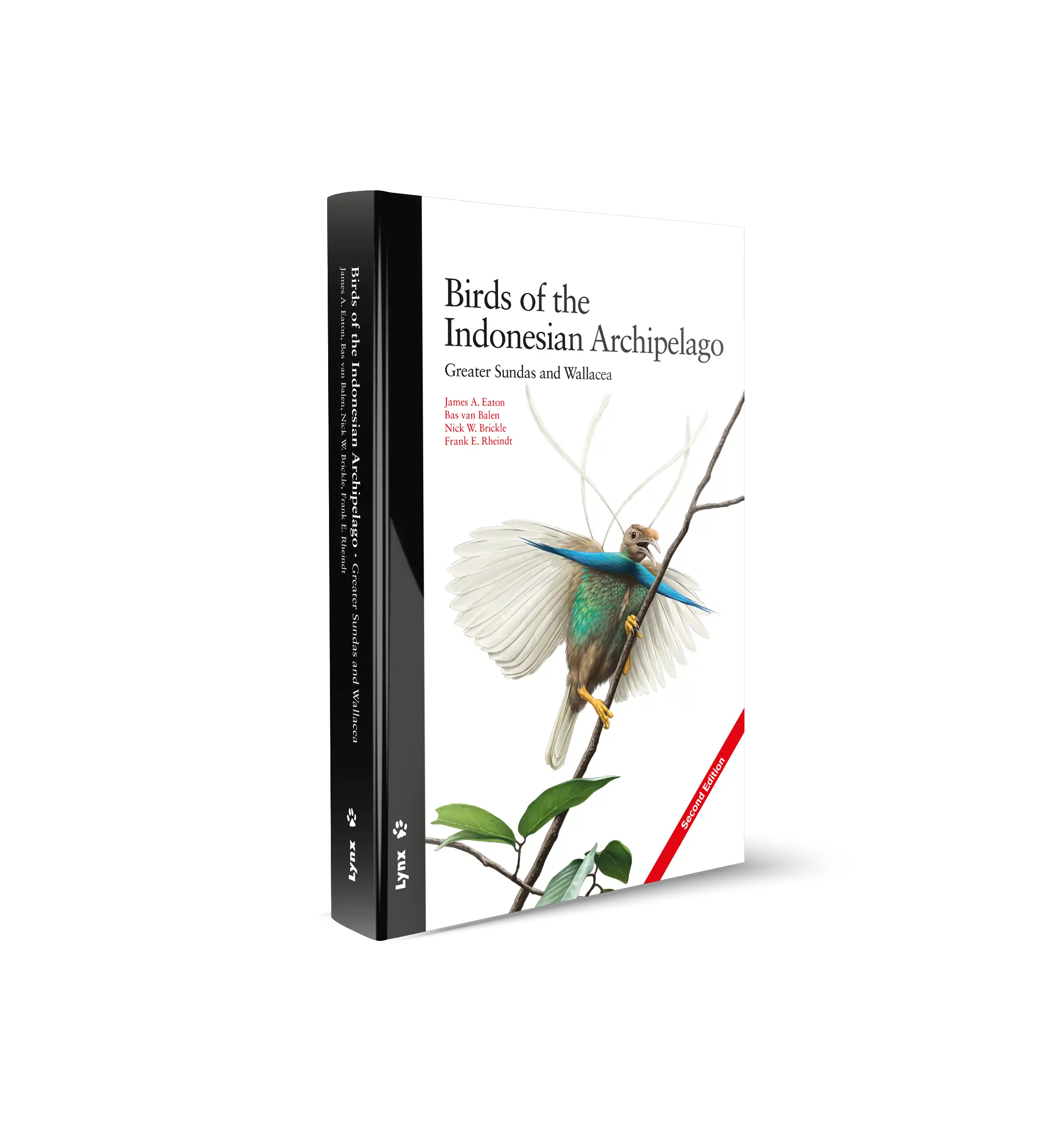
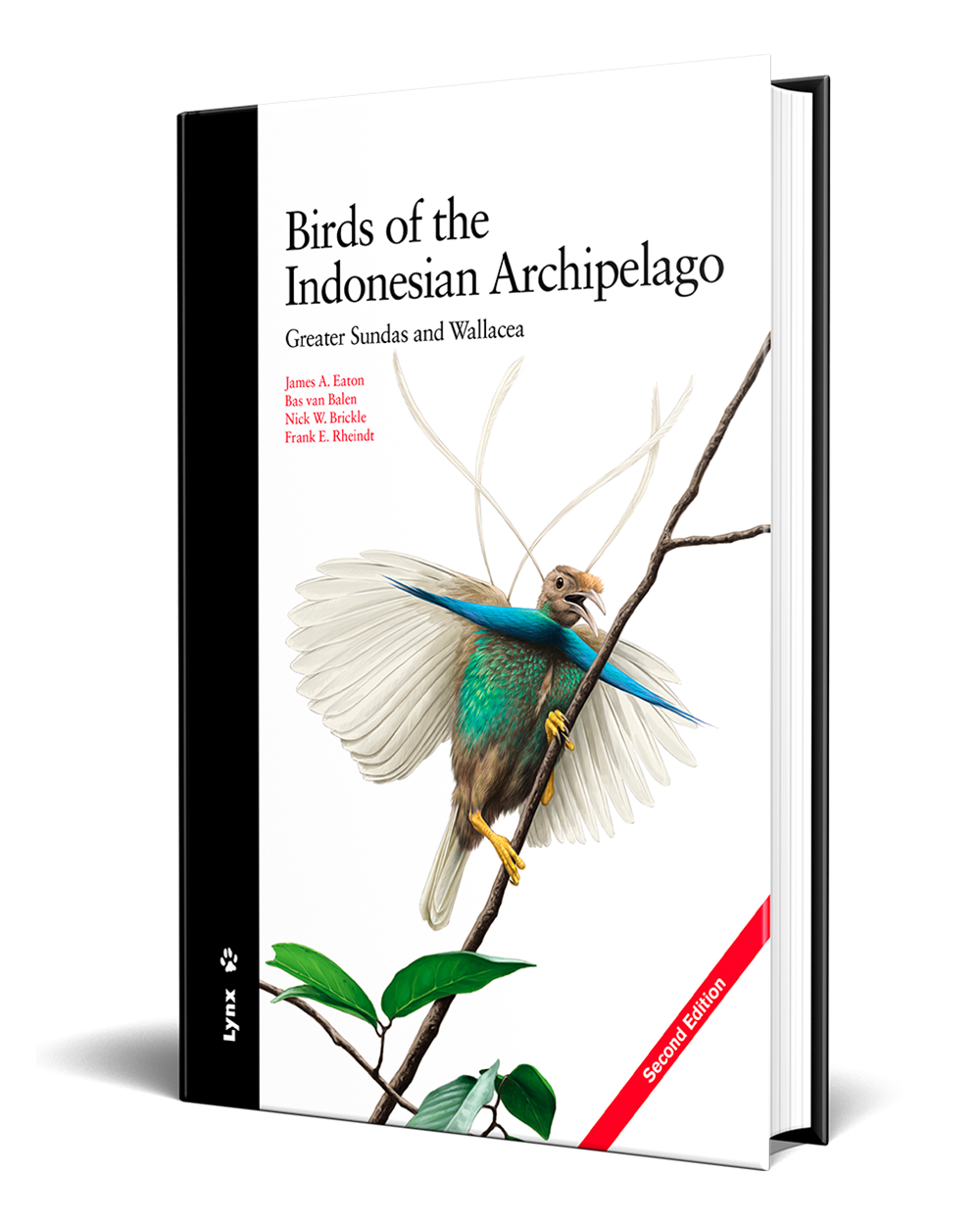

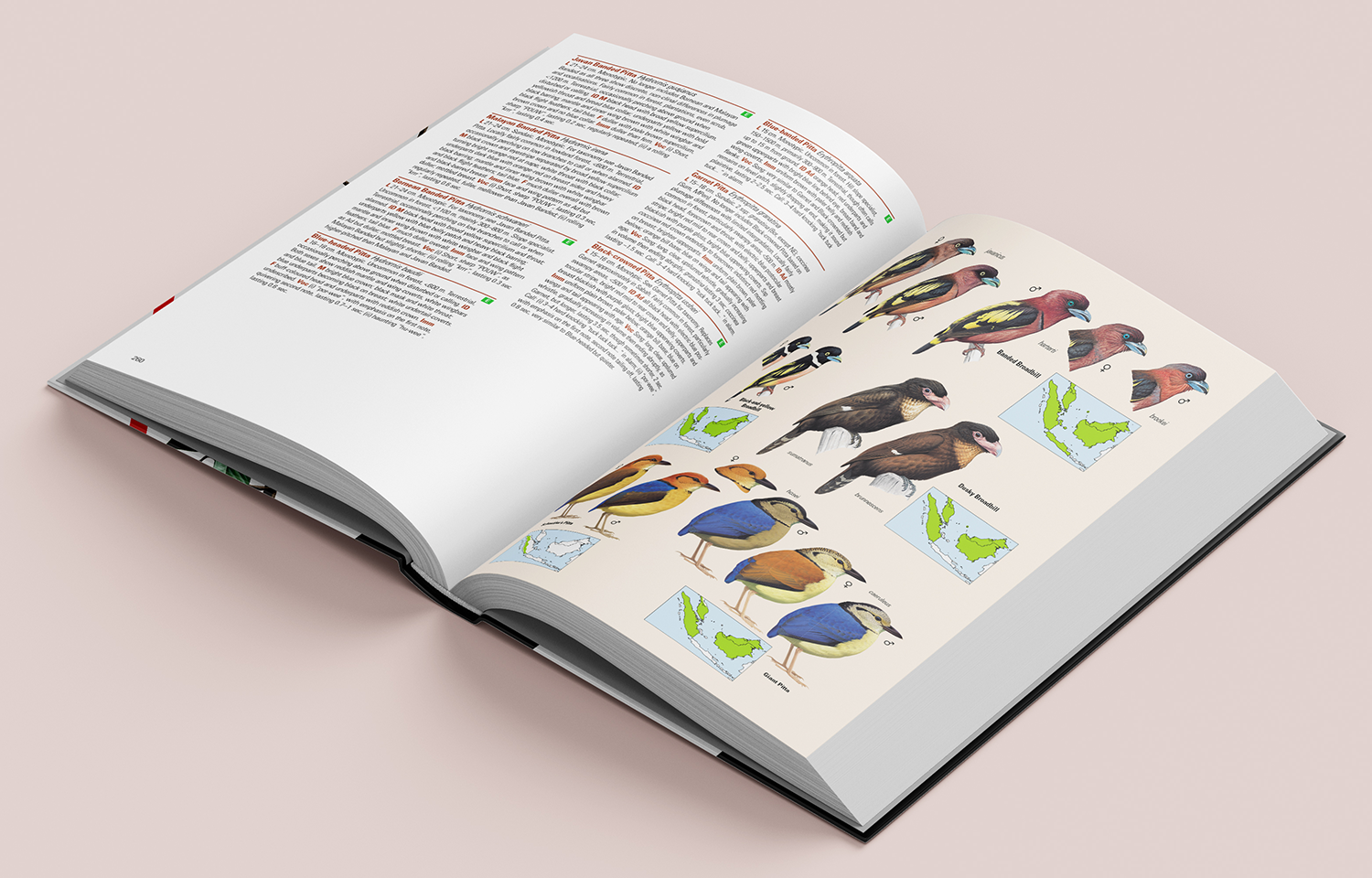
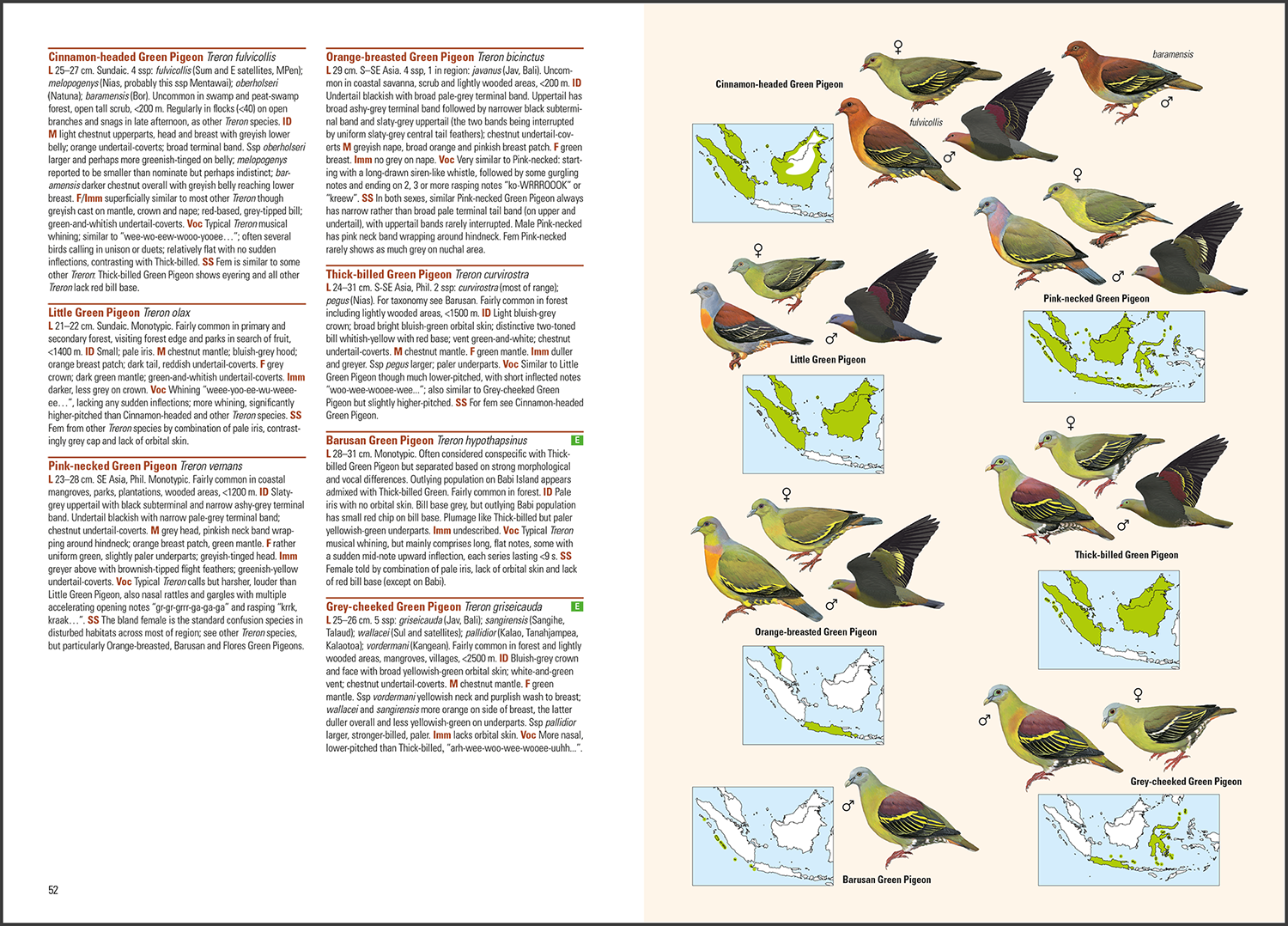
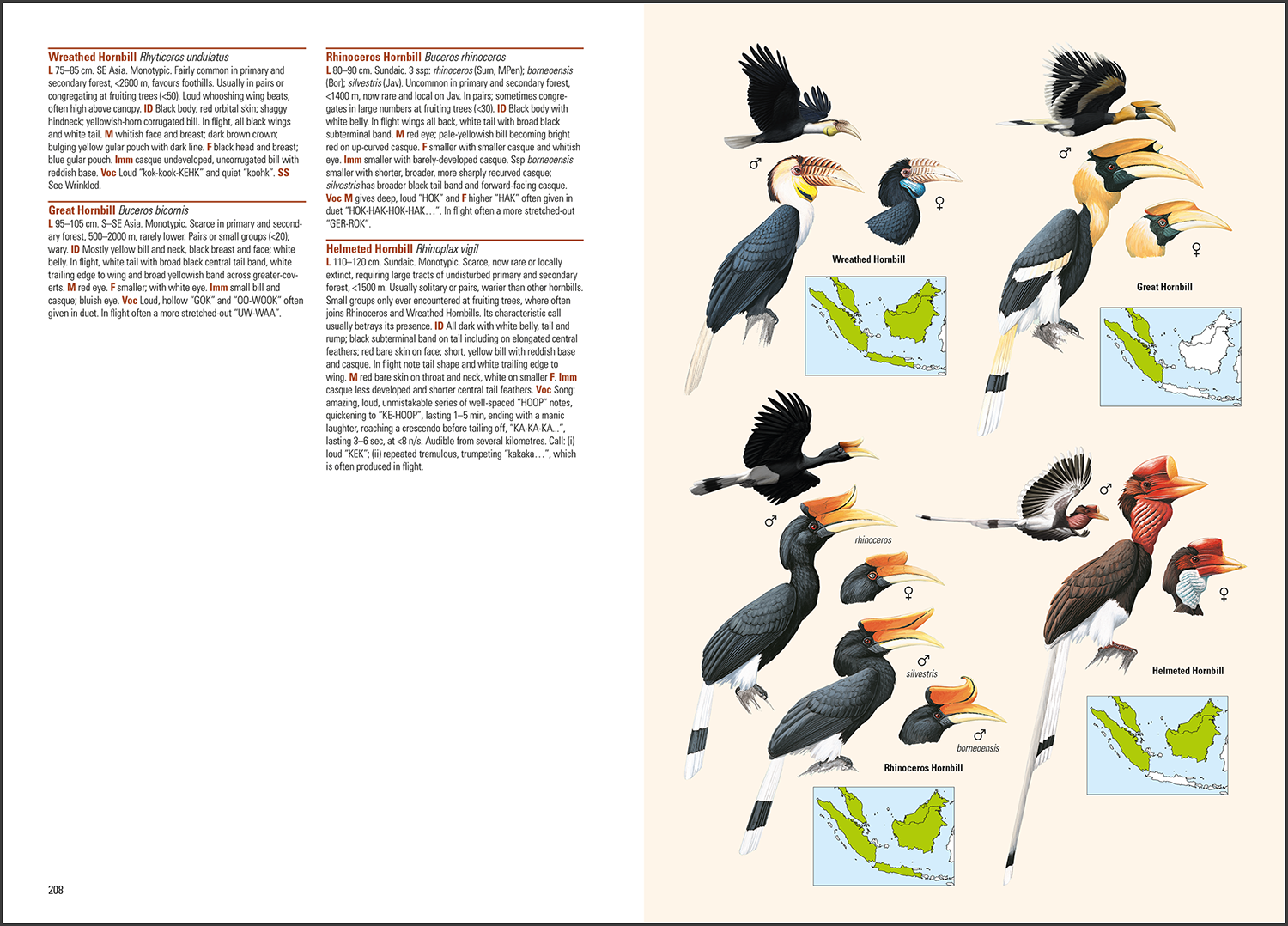
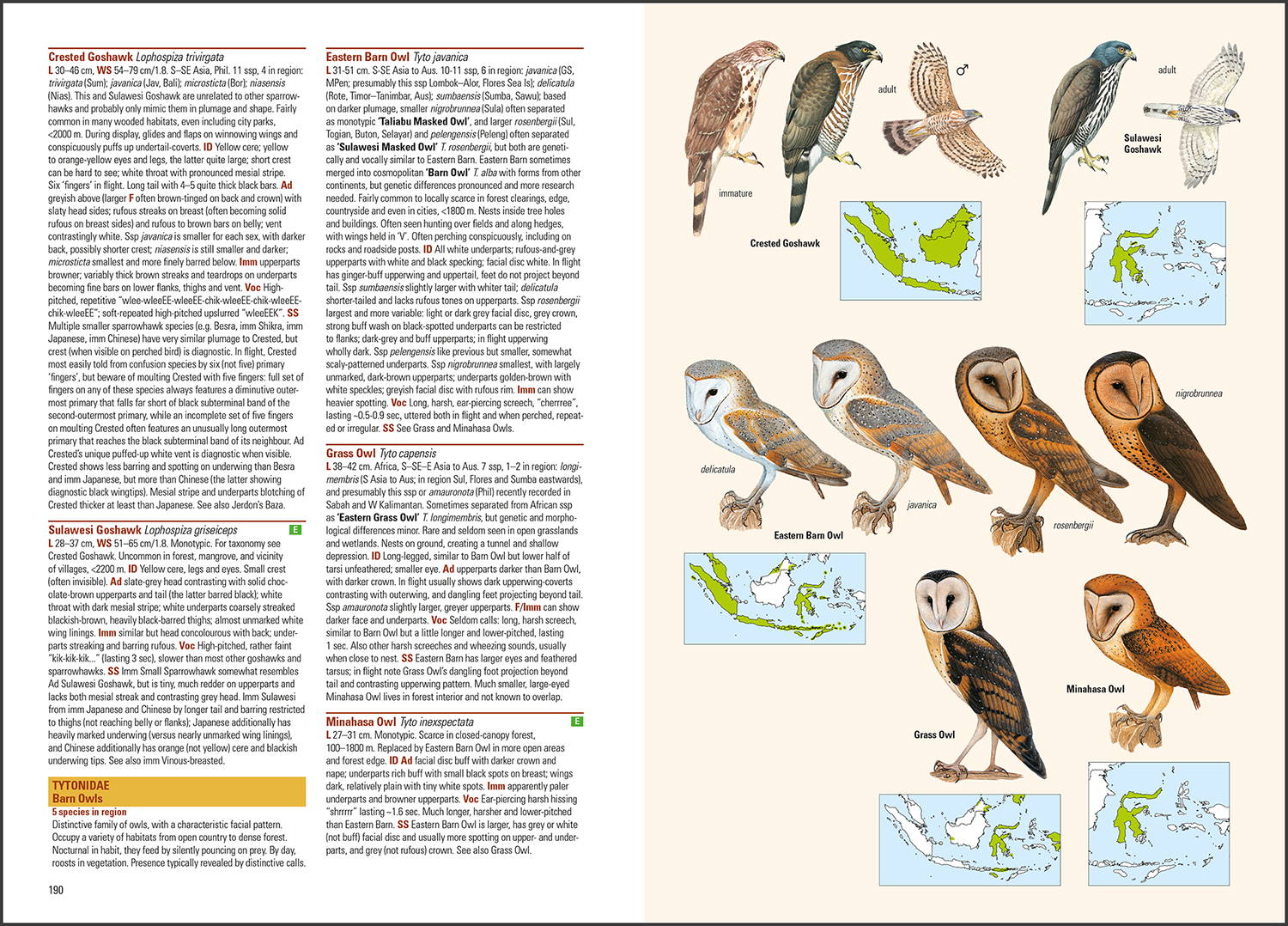
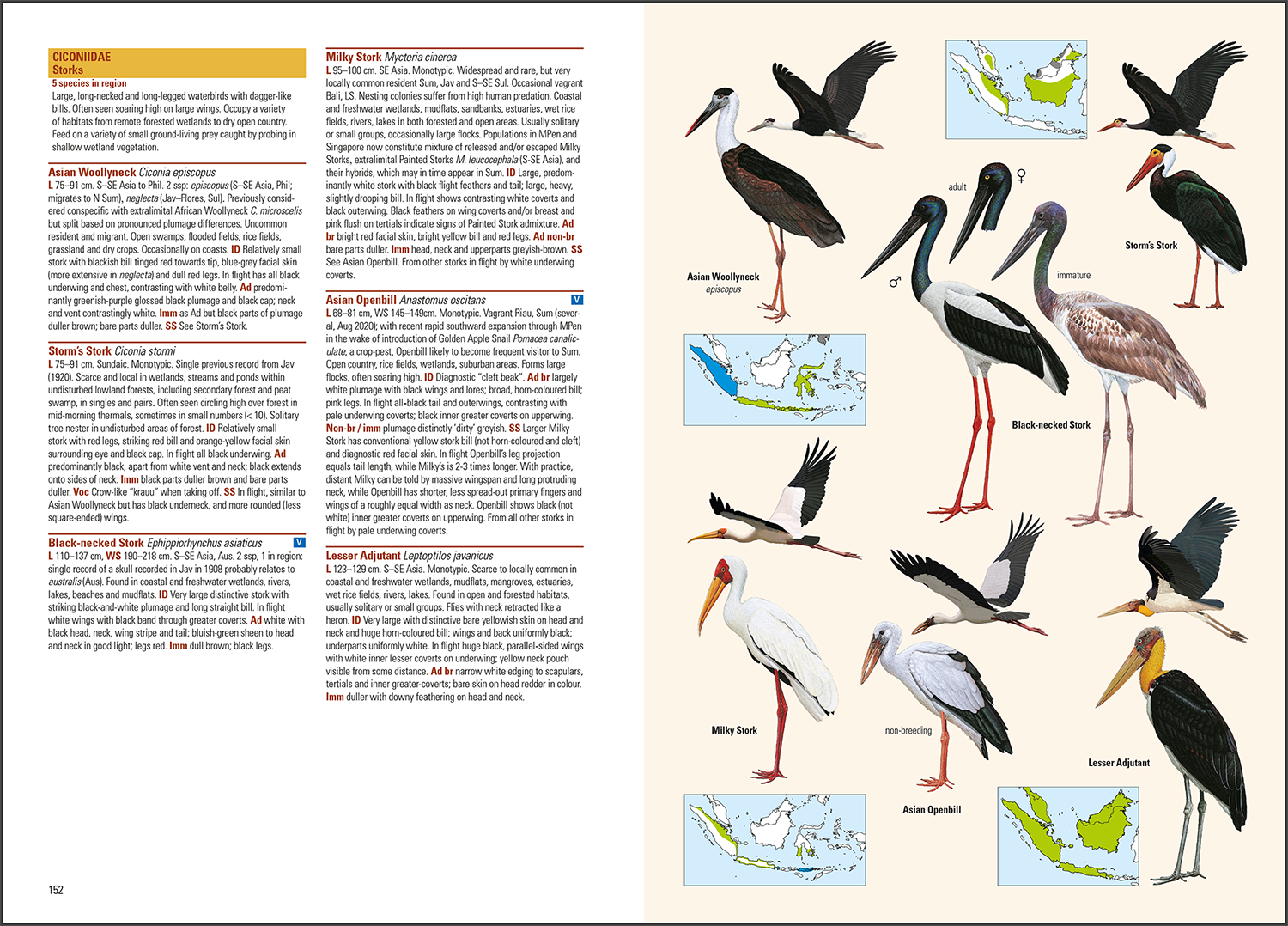

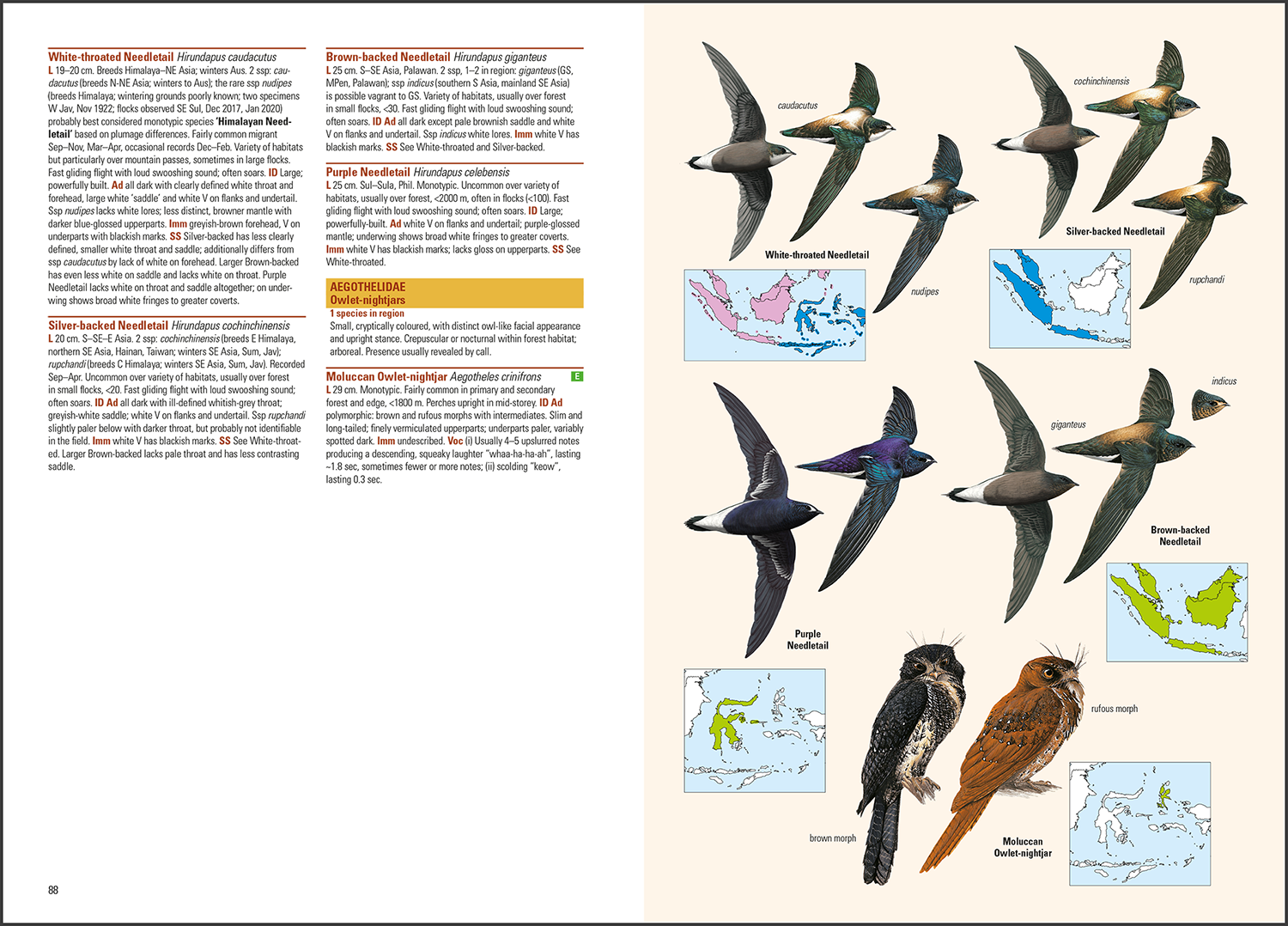
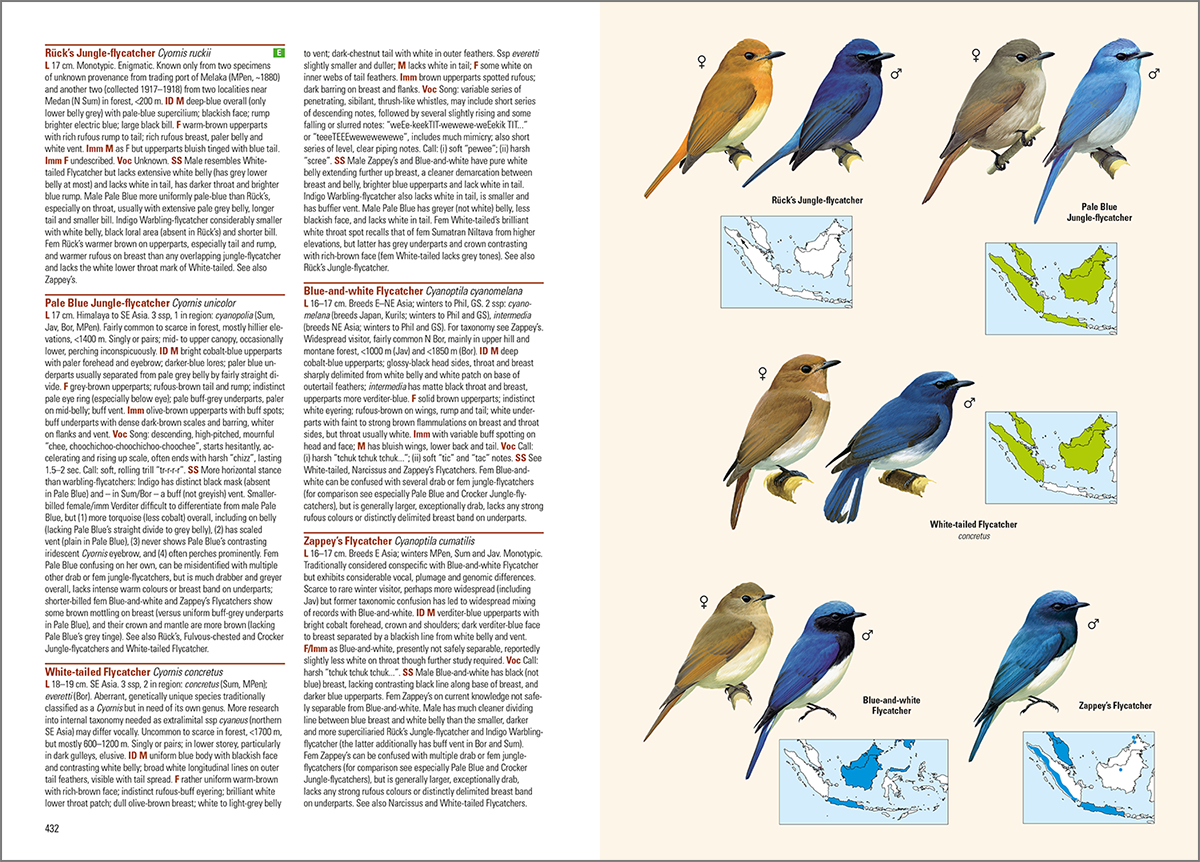

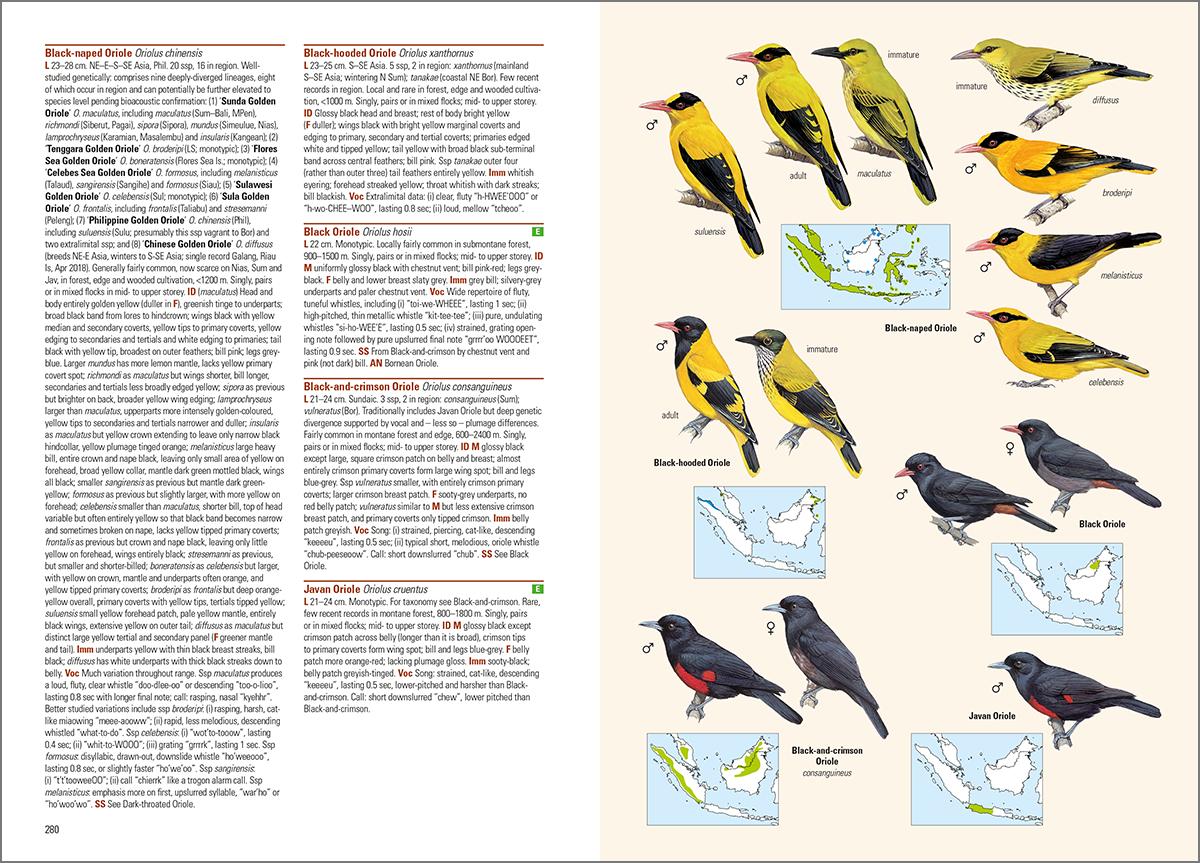
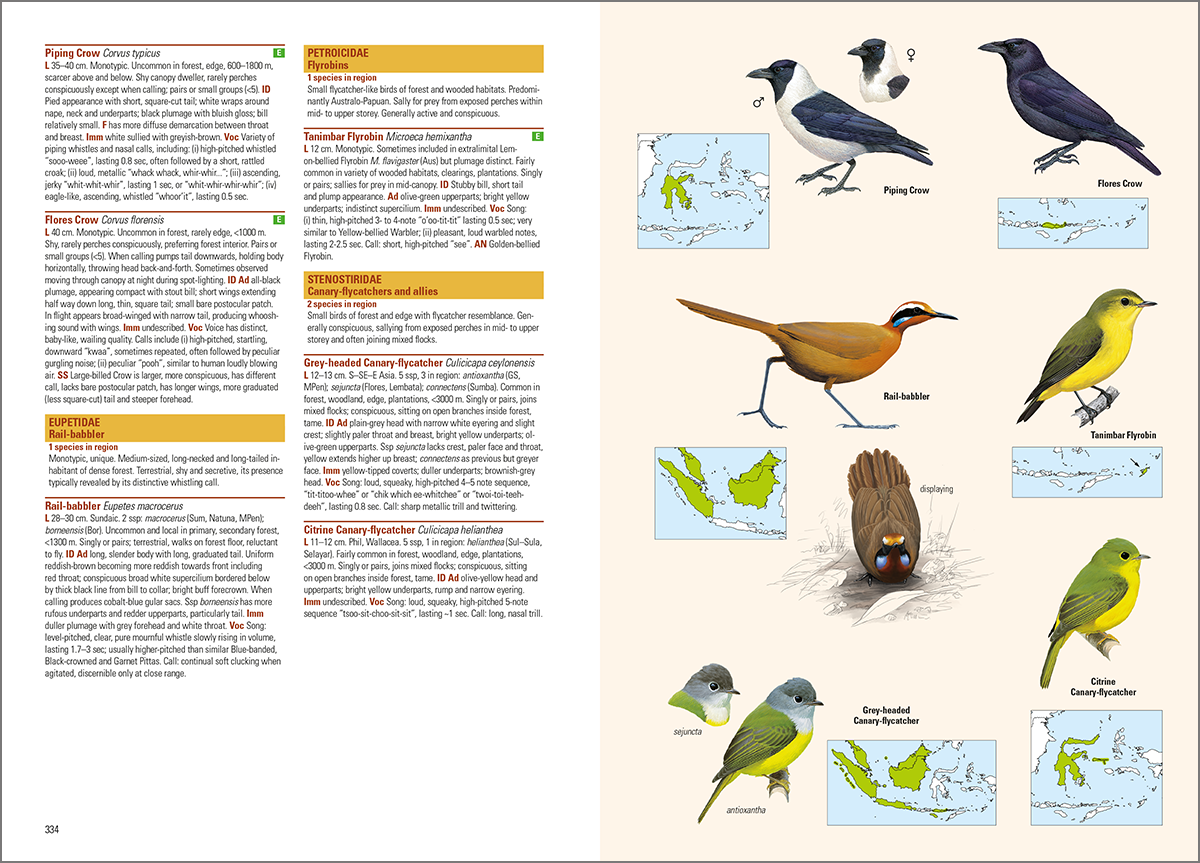

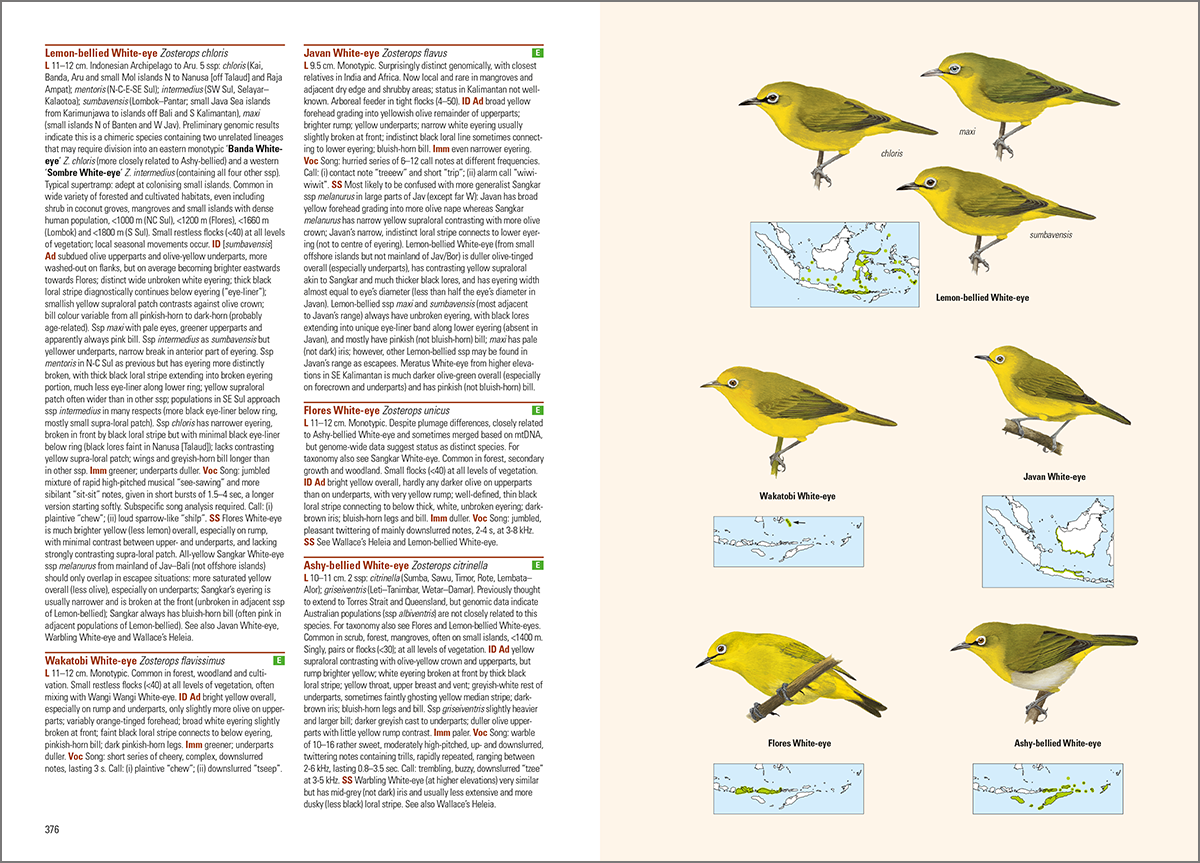
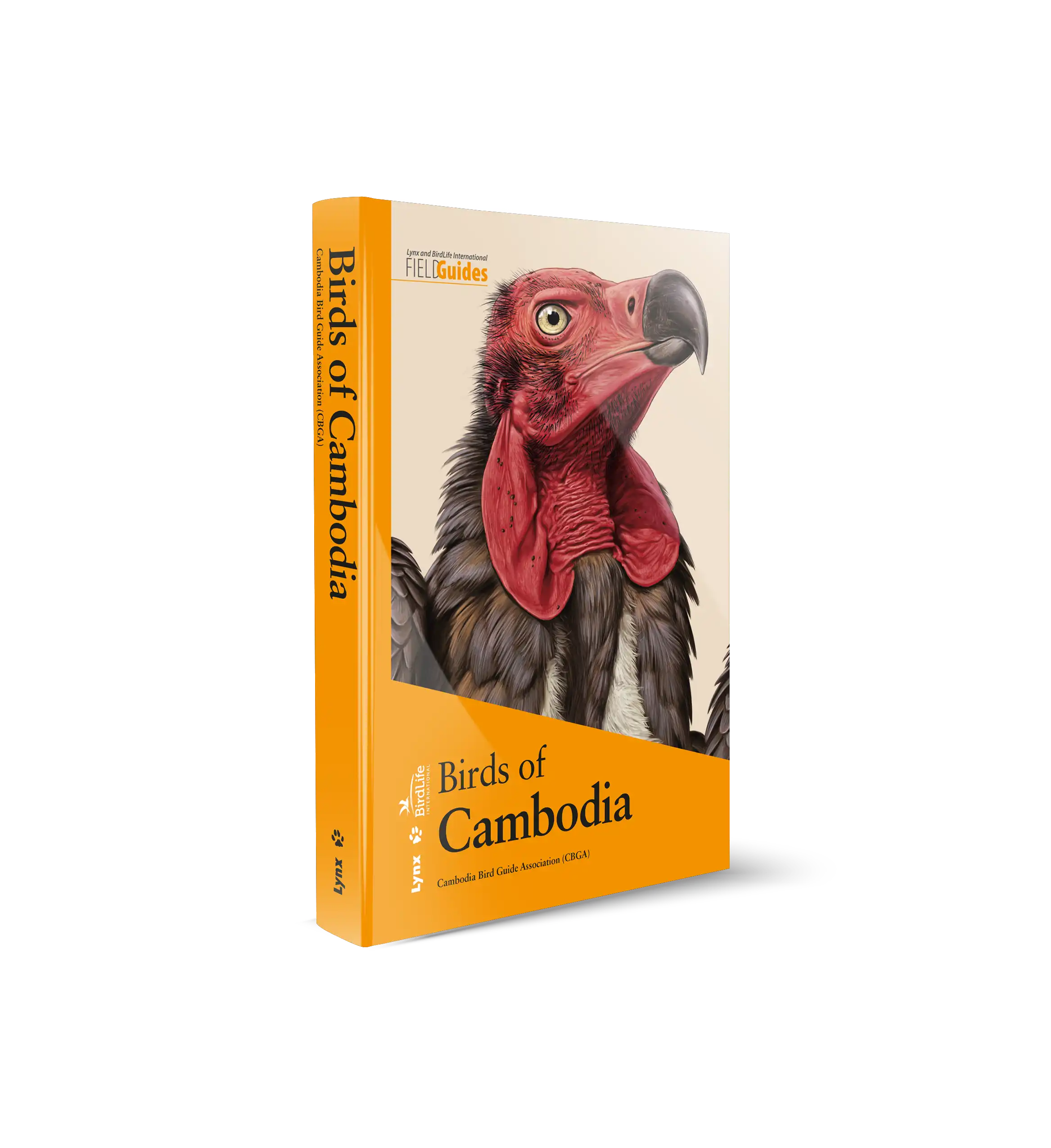

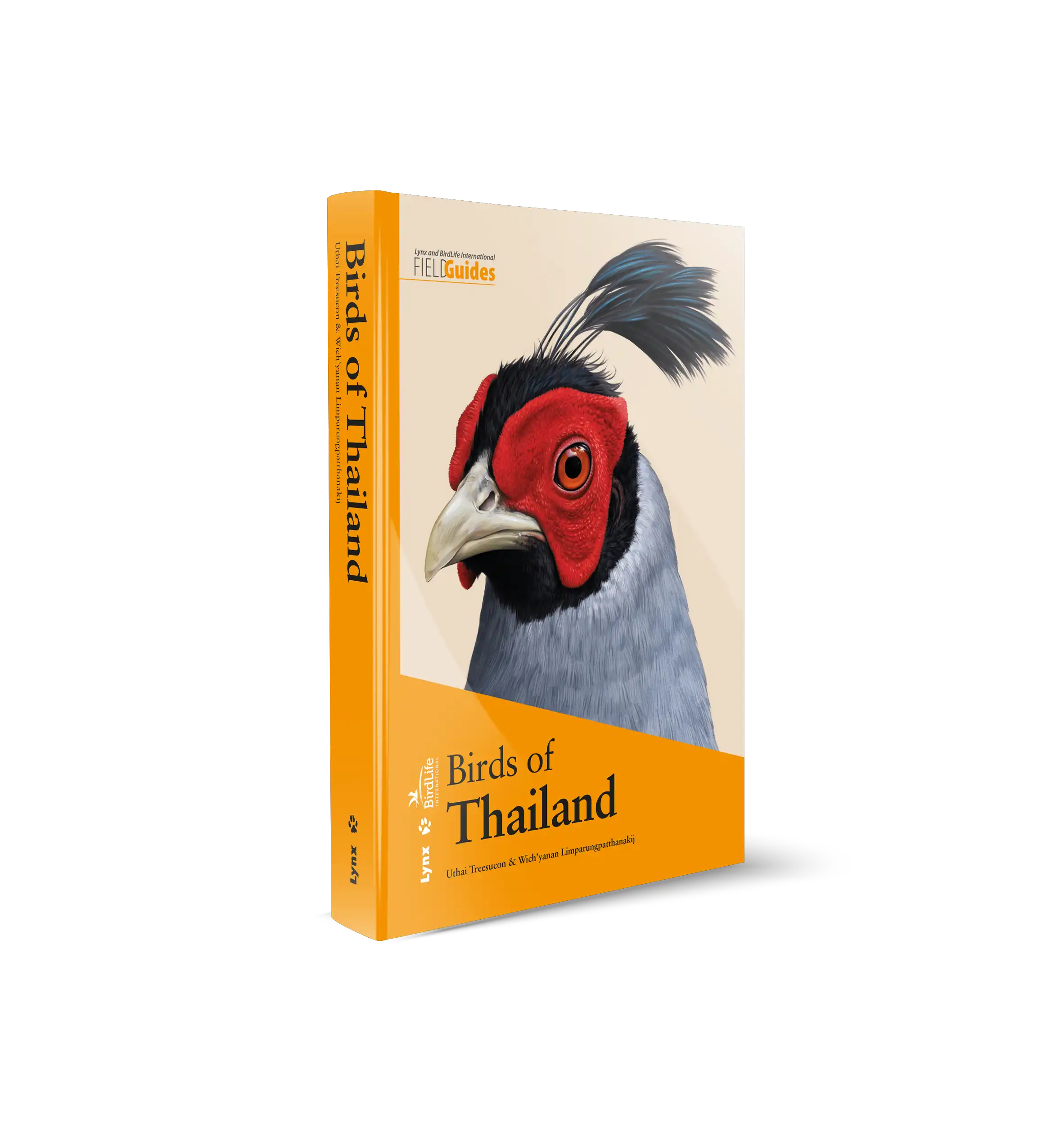

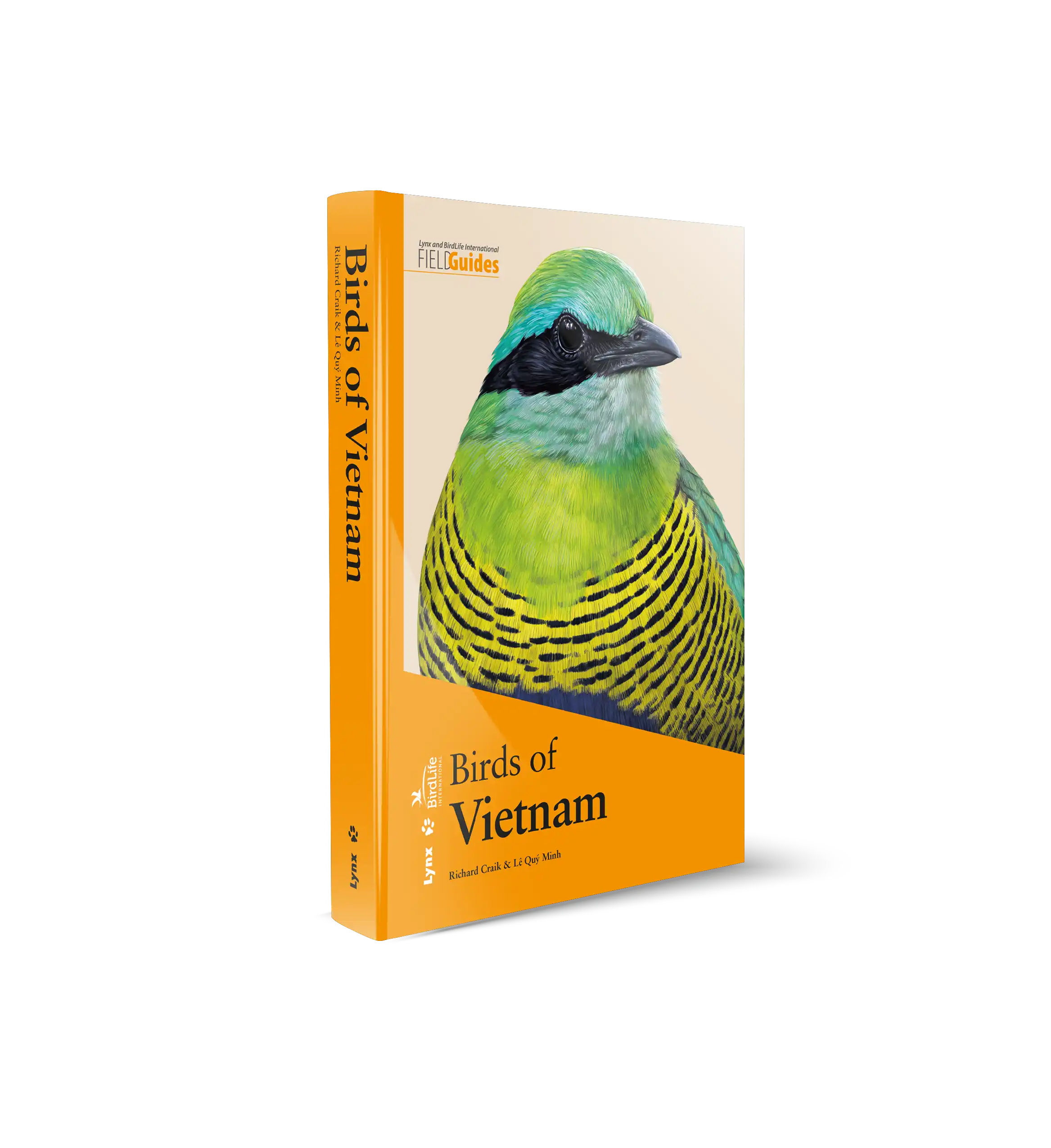
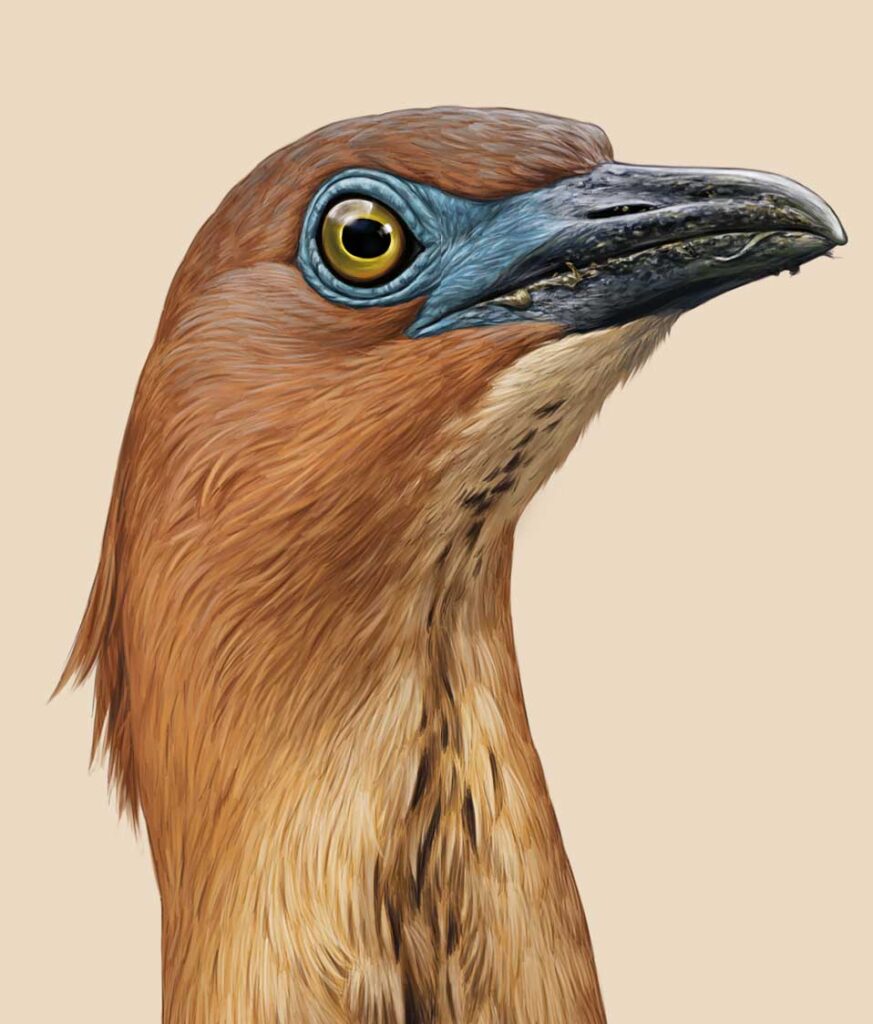
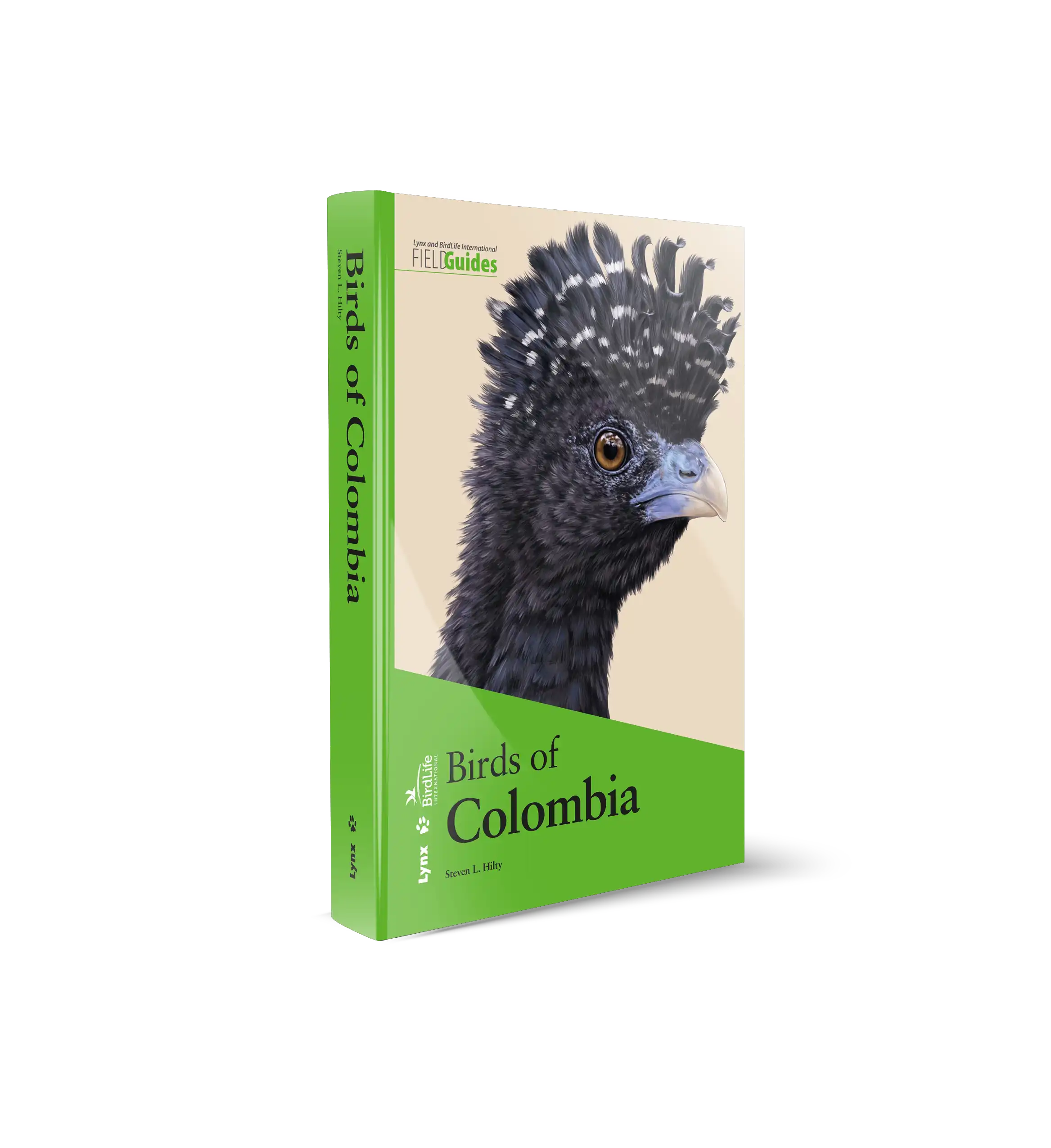
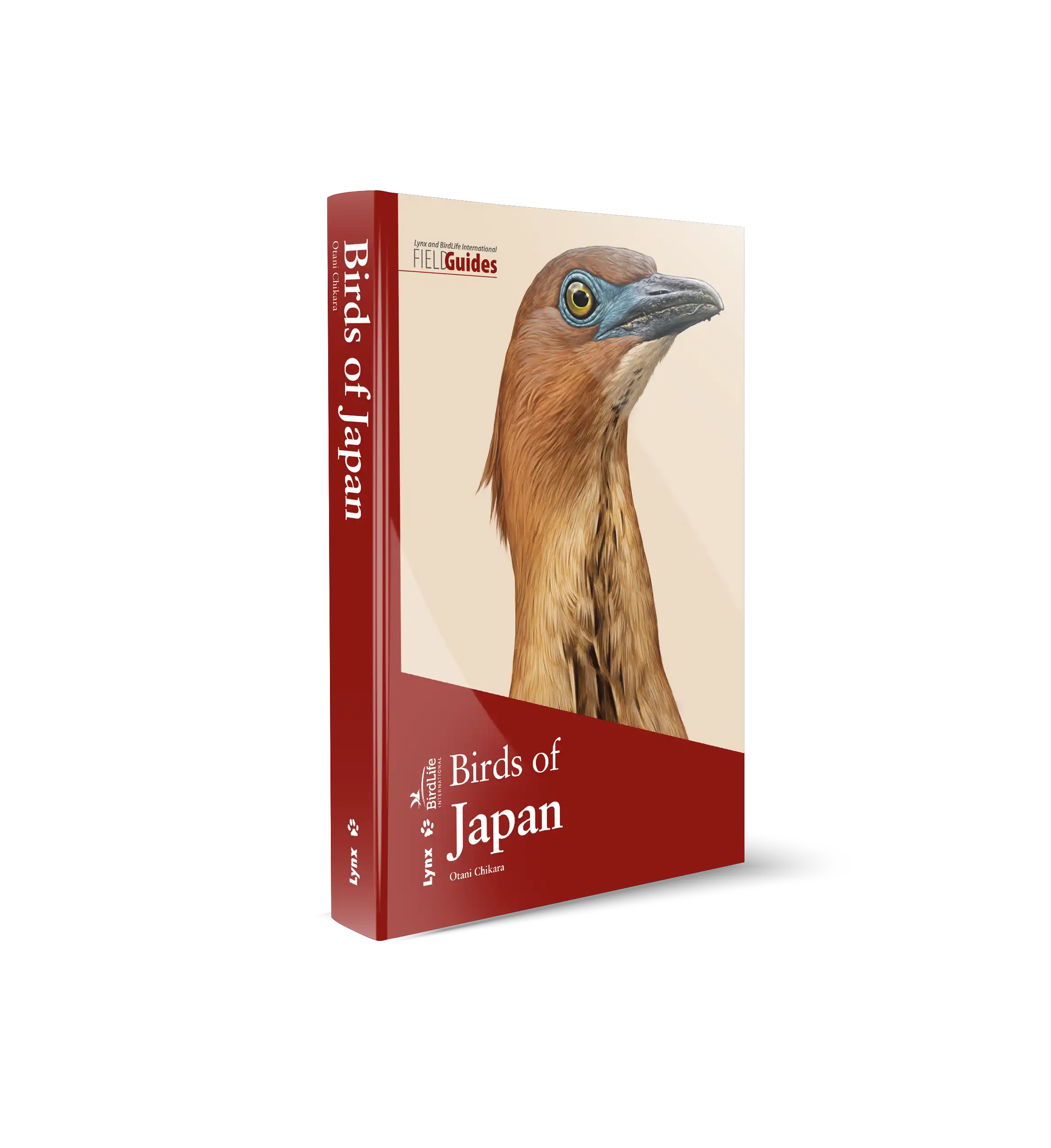








 Copyright 2026 © Lynx Nature Books
Copyright 2026 © Lynx Nature Books
Michael Cunningham (verified owner) –
I received the flexicover this morning; one week and half a planet after submitting the order. I’ve spent a day scheduled for other things poring through the book. It is difficult to put it aside, let alone find fault. Of any good arising from our response to this awful pandemic, this superb revised guide is a noteworthy part.
The flexicover itself is softer than other guides and probably needs some extra protection in your pack. The wonder is that a guide of this immensely diverse area actually does fit comfortably in a field bag (1,456 species in 536 pages).
The spartan cover design features Wallace’s Standardwing (male, typical form?) in display, by Ilian Velikov. This spectacular image differs from illustrations inside the guide, of this and other species, which are of the minimum fuss, passive posture, focus on the bird type, with few props. Many perching birds are shown on a featureless cylindrical twig, most others have no background support. Grebes coast across the page, feet hanging in an imagined pond. One exception is a displaying Rail-babbler, also featured on the back cover, but even here the props are a pencil sketch, while the bird is detailed and in colour.
Any field guide to Indonesia and the Malay archipelago faces significant challenges of geographic diversity, with thousands of significant features. Inside the covers are the necessary maps: the front covering the western half of the archipelago, the Greater Sundas, with Wallacea, in the east, inside the back cover. These give islands, regions, national borders and well known biogeographic boundaries; they do not show cities, mountains, rivers or roads. This is not a field guide to all of Indonesia – it does not include Indonesian New Guinea and adjacent West Papuan and Aru islands. Conversely, it does include all of Borneo and Timor. However, the small maps alongside each species illustration, along with the abbreviated text summaries, are adequate to convey distribution across the archipelago and beyond, to peninsula Malaysia, West Papua and the southern Mindanao. Colour is used to show both migration status and breeding records – which seems a good way to highlight areas with sparse records and knowledge gaps.
Some of that which is not covered in maps, is given in the introductory text on geography, conservation and ornithological history of the archipelago, along with a thoughtful exposition of the authors perspective on taxonomy. They have made some bold, landmark decisions on names. Reading these essays is its own reward.
The guide text is concise and being in a font size around 8pt or less (no wonder the book is so compact – you may need a lens) it packs in a lot of detail. Nonetheless, given the grouping of species, with illustrations and maps on the right, many of the text pages, at left, have largish areas of blank space. This comes as somewhat of a relief and leaves wriggle room for future revisions. Perhaps the Bahasa Indonesia names could fit.
The book includes a bibliography – thankyou. The index seems comprehensive, perhaps excessively so. This is the first guide that I’ve noticed listing the specific epithets in the index (e.g. sumatranus, Bubo between sumatrana, Sterna and sumatranus, Corydon. Bubo is listed elsewhere but without species). Do people really look up the second part of a latin species name, rather than finding them listed under the genus? Just when it appears you have found a flaw, this is addressed with a second index, more or less in taxonomic order, giving page number along with English, Scientific and Bahasa Indonesia names.
I could quibble with a few minor details (I doubt the wisdom of applying an existing Neotropical name, Shrike-vireo, to unrelated Indonesian birds) but these are deliberate author choices and an improvement on what came before. All up, this book is an essential reference to an area with over 13% of global bird diversity.